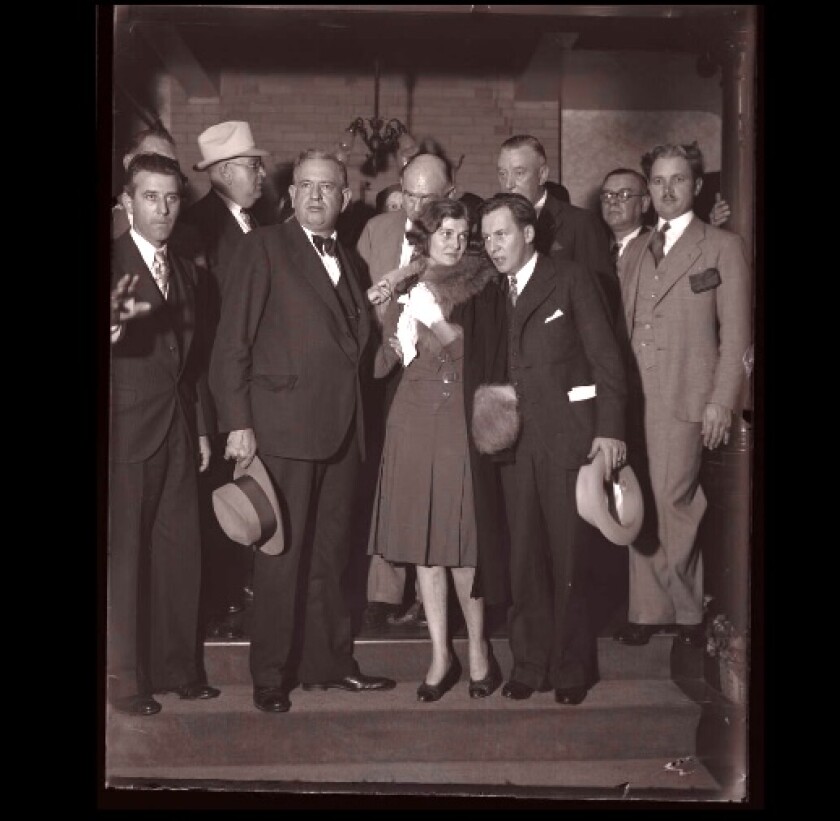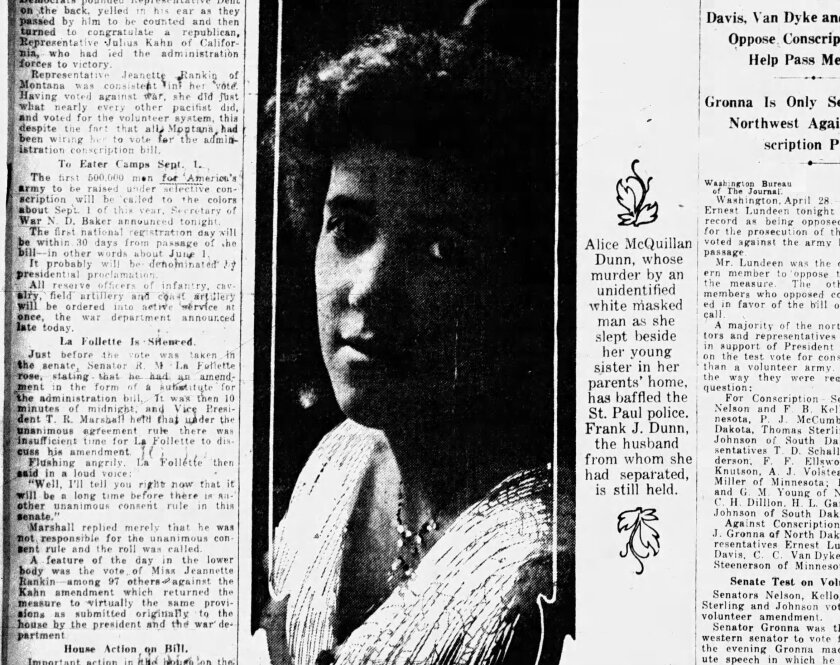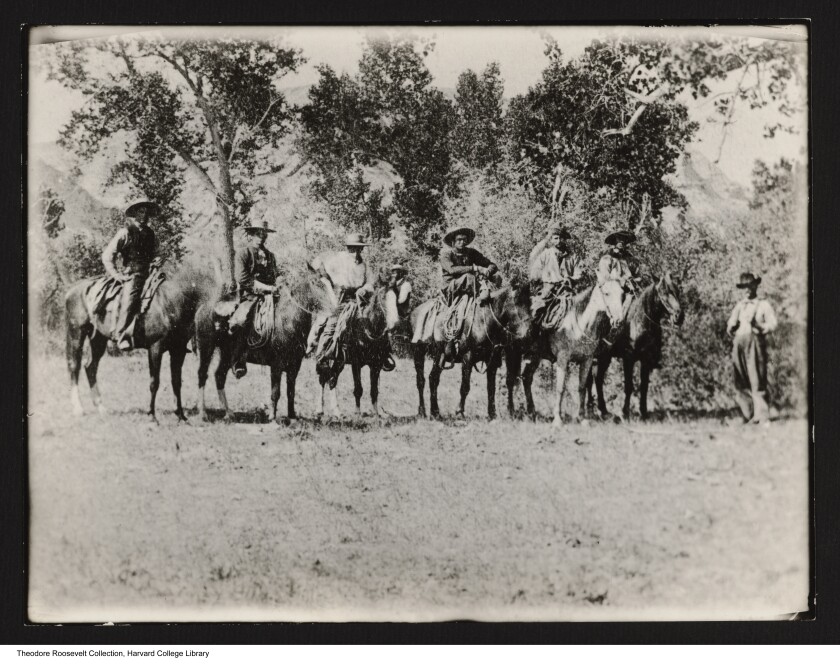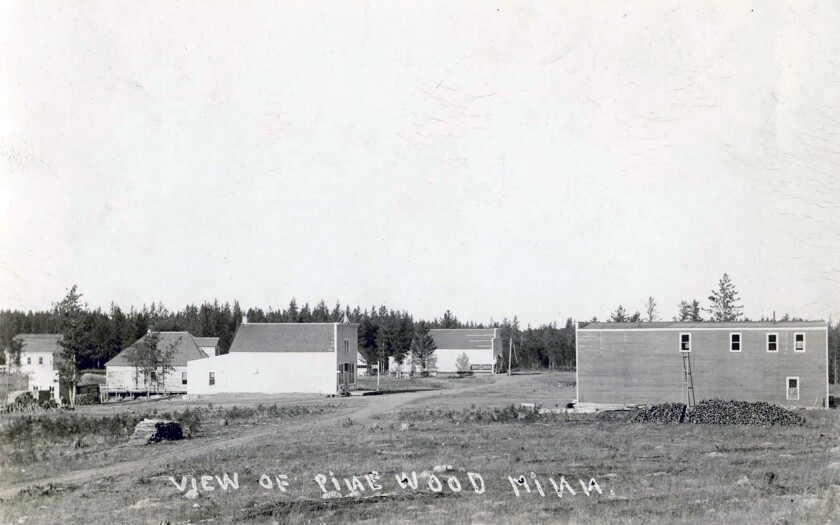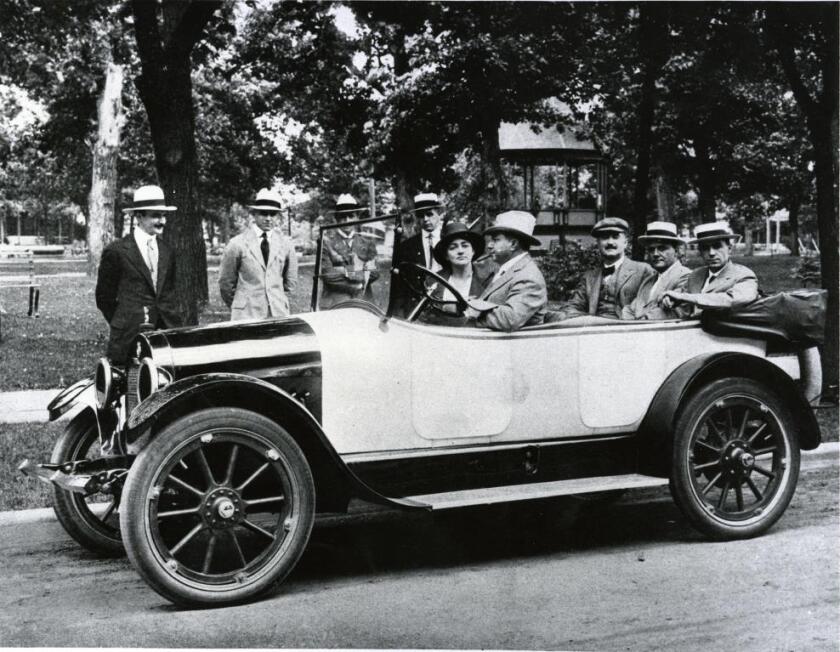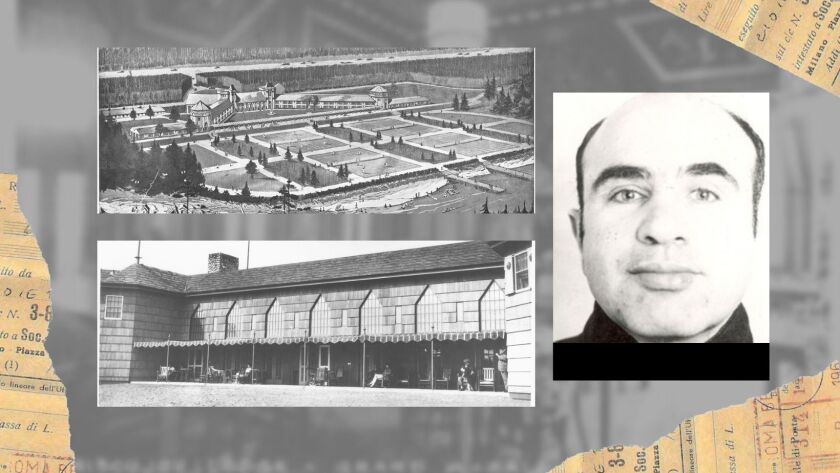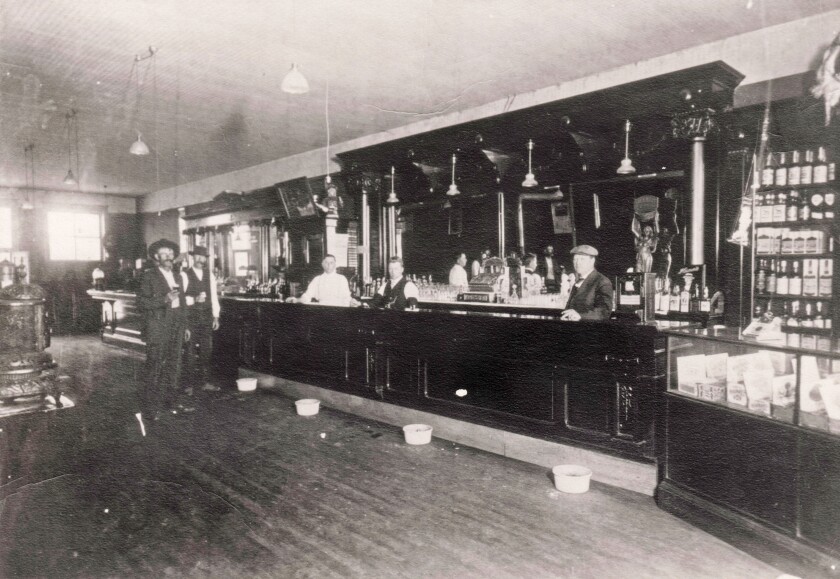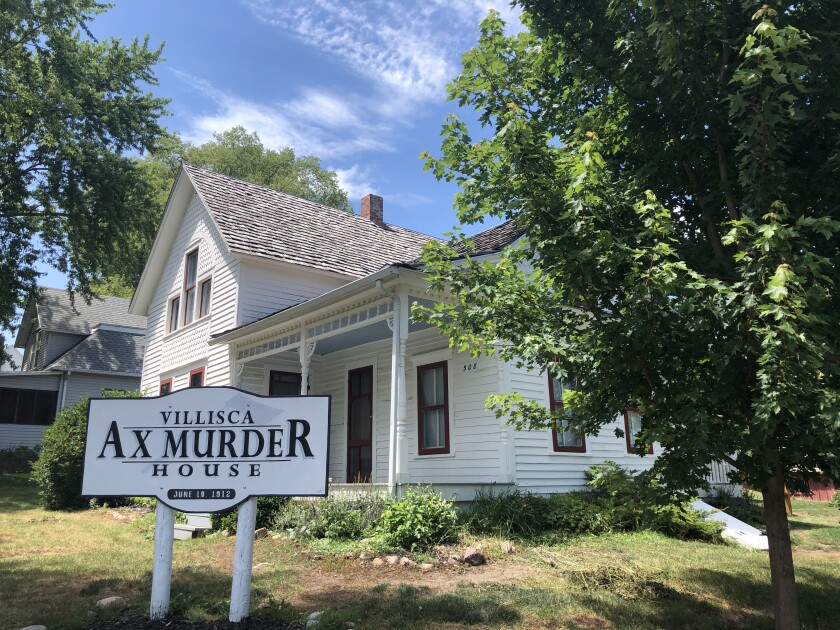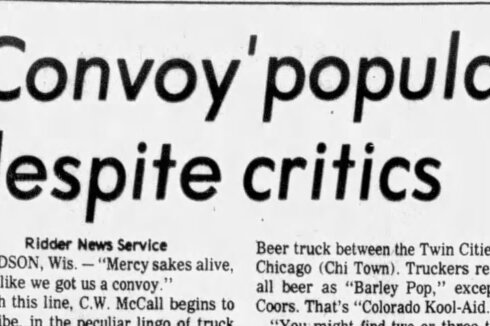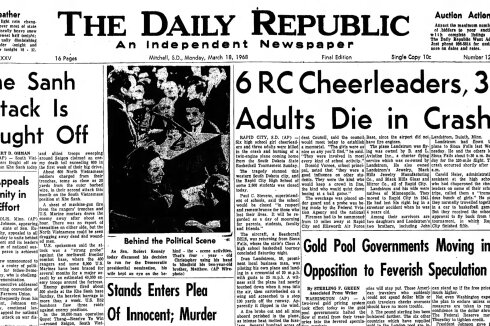Editor's note: This story is part six of an eight-part series examining the killings of Gilbert Fassett and Eddie Peltier on the Spirit Lake Nation in North Dakota. Veteran reporter Patrick Springer examines both cases and considers a sobering question: Were the men convicted of these murders guilty?
FORT TOTTEN, N.D. — A battered body was found on the main highway running through Spirit Lake Nation in the early morning hours of Aug. 28, 1983.
ADVERTISEMENT
A carload of people who said they were returning from a wedding party reported the discovery of the body on Highway 57, near a landmark called Ski Jump Hill that overlooks the southern shore of Devils Lake.
The driver told police that she swerved to avoid an oncoming car and saw somebody lying on the road. James Yankton, an off-duty police officer at Spirit Lake Nation, got out of the car to check for a pulse and found none.
Word of the discovery spread quickly on the Dakota Sioux reservation. The body was so disfigured that it couldn’t be identified.
Concerned because his son couldn’t be located, John Peltier went to view the body at a funeral home in nearby Devils Lake. He took a key from a pants pocket and tried it in the door to his son’s apartment.

The door opened, giving the first indication that the victim was Jerome “Eddie” Peltier, a member of Spirit Lake Nation and a former Devils Lake police officer.
Initially, Eddie Peltier’s death was investigated as a hit-and-run highway fatality. Eventually, the case evolved into a murder investigation that stalled until a witness surfaced 2 ½ years later with an account of a drinking party that erupted into a violent mob that turned against Eddie Peltier.
In 1986, a federal jury in Fargo convicted 11 men in connection with Peltier’s assault and murder.
ADVERTISEMENT
It stands as the largest murder trial in North Dakota history in terms of the number of defendants who were tried and convicted.
But starting eight years later, new witnesses offered more information about the murder.
Shirley Greywater was newly married and wanted to clear up something that had been troubling her for years: Testimony she told jurors was her eyewitness account of the attack that resulted in Eddie Peltier’s murder.
Greywater was one of four purported witnesses who testified at the trial that they were present when a group of men assaulted Peltier and chased him down to the highway, where one of the assailants ran him over, killing him.
But Greywater later would recant her trial testimony through sworn statements and testimony given in a new trial hearing in U.S. District Court in Fargo in 1994. In her hearing testimony, she said she had testified falsely in the trial because of threats by James Yankton, who she said told her if she didn’t cooperate she’d go to jail and wouldn’t be able to see her young children.
In recanting her trial testimony during the 1994 evidentiary hearing, Greywater said Yankton also threatened her paralyzed aunt, calling her aunt a “sitting duck” unless Greywater started saying “what he wanted (her) to say.”
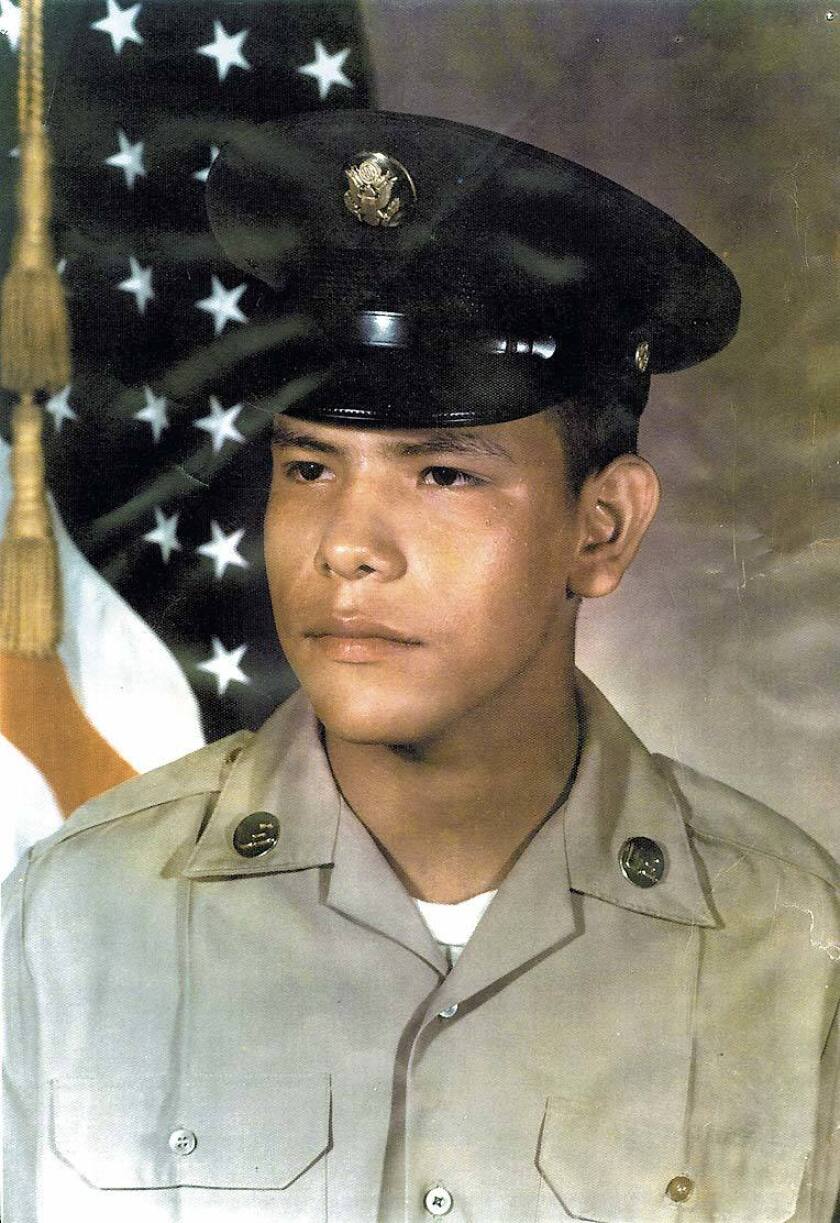
The threats caused her to change her 1986 trial testimony, Greywater said in 1994. “I said I wasn’t there and I was telling them and they were getting me mad and I was hollering back at them,” she said.
ADVERTISEMENT
Another witness in the new trial hearing in federal court recanted his trial testimony: Fred Peltier, who told jurors that he stood by and watched as the mob beat and ran over his older brother.
Fred Peltier testified that he didn’t know two of the defendants, Richard LaFuente, convicted of driving the car that ran over Eddie Peltier, and his brother-in-law, and was shown photographs so he could identify them.
In 1994, Fred Peltier testified that Yankton provided him with information to mold his statement so it would align with the prosecution's theory of the case. Peltier testified at the 1994 hearing that he had testified against the 11 men in the 1986 trial because Yankton had threatened him and his family if he didn’t go along with Yankton’s version of events.
Several Peltier relatives also testified, saying since the trial Fred Peltier admitted to them that he lied at the trial because of Yankton’s threats.
Two other witnesses who said they were present when Eddie Peltier was assaulted and murdered by the defendants in the case, however, stuck to their trial testimony, according to court records.
The testimony of the four witnesses was critical to the prosecution’s case, which presented no fingerprints, blood or hair connecting any of the defendants to Peltier’s death.
Karma Senger was working as a dispatcher at the Devils Lake Law Enforcement Center on the morning of Aug. 28, 1983, when Eddie Peltier’s body was found on the highway.
ADVERTISEMENT
She wasn’t sure of the jurisdiction, “so I sent everybody,” she said in a sworn statement given to a defense lawyer in 2018.
The phone rang again minutes later with a call reporting suspicious activity near the jail in Fort Totten. The second call was about 15 minutes later and the caller said that somebody was cleaning deer blood out of a vehicle, Senger said.
Senger immediately drew a connection with the call she’d taken minutes before.
“I wanted anybody who was in the room, please go back out there and check that vehicle, because if you don’t do it now, you’re losing evidence," she said.
Later, FBI Agent Spencer Hellekson came to take possession of the dispatch recording from that morning, she said. Unwilling to turn over the original, she made a copy and gave it to Hellekson.
Hellekson presented a report of the dispatch recording and asked Senger to sign it. But Senger refused.
As a result, Senger said, she was labeled a “rebel rouser” and lost her position as a reserve officer, a dismissal she challenged and for which she won reinstatement.
ADVERTISEMENT
The existence of the second call reporting the alleged blood washing was never presented to the jury that convicted the 11 men in connection with Peltier’s death.
Victor Peeples testified at the 1994 evidentiary hearing in U.S. District Court in Fargo that before dawn on the morning of Aug. 28, 1983, when he was a trusty at the jail in Fort Totten, he was roused from bed.
James Yankton, who was wearing his police uniform, wanted Peeples and another trusty to wash his Chevrolet Blazer, Peeples testified.
Peeples testified in a hearing for a new trial for Richard LaFuente, who was convicted in 1986 of running over Eddie Peltier, killing him.
Peeples said he opened the back door of the Blazer and found blood. “It was getting pretty thick,” but was still liquid, he testified. He also cleaned off blood below the back bumper.
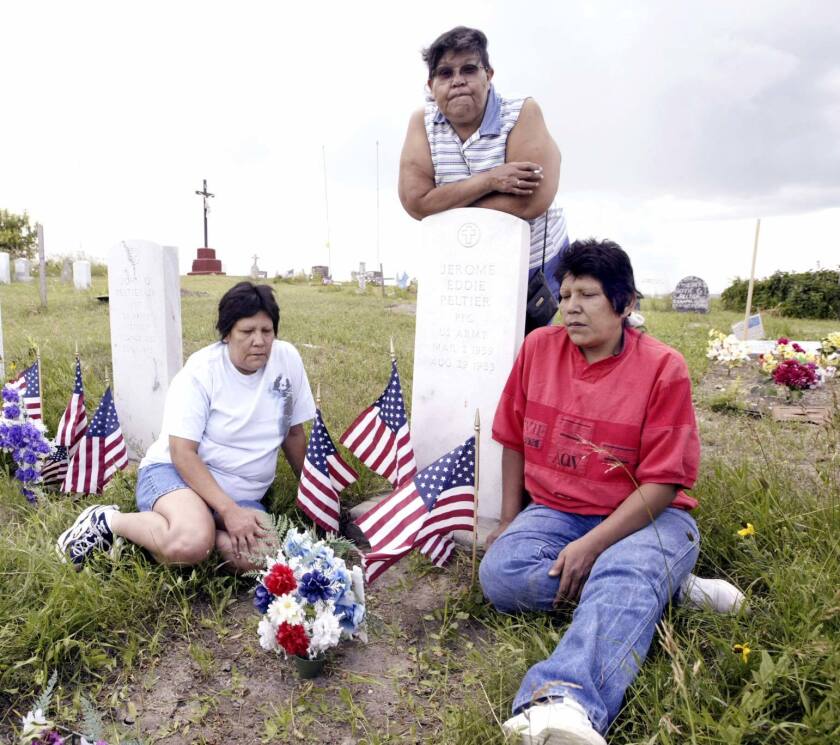
After Peeples finished cleaning, Yankton said he’d had a deer in the back of the Blazer, but Peeples said he didn’t find any hair or other signs of a deer, according to Peeples’ testimony.
Yankton returned to the jail a half hour or hour later, this time in his police squad car, and drove Peeples and another trusty to the place where Peltier’s body had been found earlier that morning near Ski Jump Hill, according to Peeples’ testimony. Yankton had them search for a pair of glasses and a wallet, Peeples said.
ADVERTISEMENT
A party at the Fort Totten home of Celeste Herman, the sister of James Yankton, was the subject of testimony at the 1994 evidentiary hearing challenging the verdict in Eddie Peltier’s 1986 murder trial.
Quentin Alberts testified that he went outside during the party and passed out by the sidewalk near the steps. He said he felt something wet and wiped his fingers on the outside of Herman’s house. He didn’t discover the wet substance was blood until later, when he got home and washed.
A woman who had five children with Quentin Yankton testified at the hearing about his activities on the night before and morning of Peltier’s murder.
Eileen Eagleman testified in the evidentiary hearing proceedings that Eddie Peltier had sat close to her at a bar in Devils Lake the night before he was killed. She said Yankton was jealous and resented it when other men paid her close attention.
Later that night, Quentin Yankton and Eagleman were driving, with Peltier as a passenger, when Yankton leaned over to Eagleman and swore, saying he didn’t like Peltier and would “kick the (expletive) out of him,” she testified.
The trio attended the party in Fort Totten at Herman’s house, then Quentin Yankton and Eagleman drove Peltier to the home of his sister, Eagleman testified.

Eagleman and Quentin Yankton then drove back to Herman’s home, where the couple were staying, and went to bed, she testified. A while later, she awoke and found that Quentin was gone. She went back to sleep and later saw that he was sleeping beside her and later rose from bed before she did.
Later that morning, at 7:30 or 8 a.m., after Quentin Yankton had left and returned, Eagleman went outside and “saw some blood on the steps” of Herman’s home. She mentioned the blood to Quentin, but her remark passed unacknowledged, she testified.
The guilty verdicts against the 11 men convicted in connection with Eddie Peltier’s murder were significantly reduced on appeal.
Citing insufficient evidence, appeals judges dismissed the murder convictions against eight defendants, leaving murder convictions in place for Richard LaFuente, identified as the driver of a car that ran over Peltier, and John Perez, who witnesses said rode along in the front passenger seat.
Later, judges deadlocked 5-5 on whether the defendants were deprived of a fair trial because they were lumped together as one group. Five judges said the mass trial was a “gross miscarriage of justice,” while five others said jurors could “compartmentalize” the evidence.
LaFuente, who was granted parole in 2014, was the last to be released. Twice, LaFuente was granted a new trial, but both times appeals judges reversed those decisions.
A judge decided LaFuente should be retried not based on new evidence — including the witnesses who recanted — but because of prosecutorial misconduct, including misuse of subpoenas and pressure through felony charges against witnesses, later dismissed in sealed files.
The judge found that “the government created the very same climate of coercion and fear through its tactics that it thought it was combating.”
In reversing that decision, appeals judges wrote: “The government would have been remiss in failing to bend every effort to vindicate the law by seeking out those who were responsible for Eddie Peltier’s death.”
Patrick Springer reported about the Eddie Peltier murder case starting with the resumption of the investigation in 1985, the trial in 1986, and the post-trial appeals and new trial proceedings in the 1990s and later developments.










